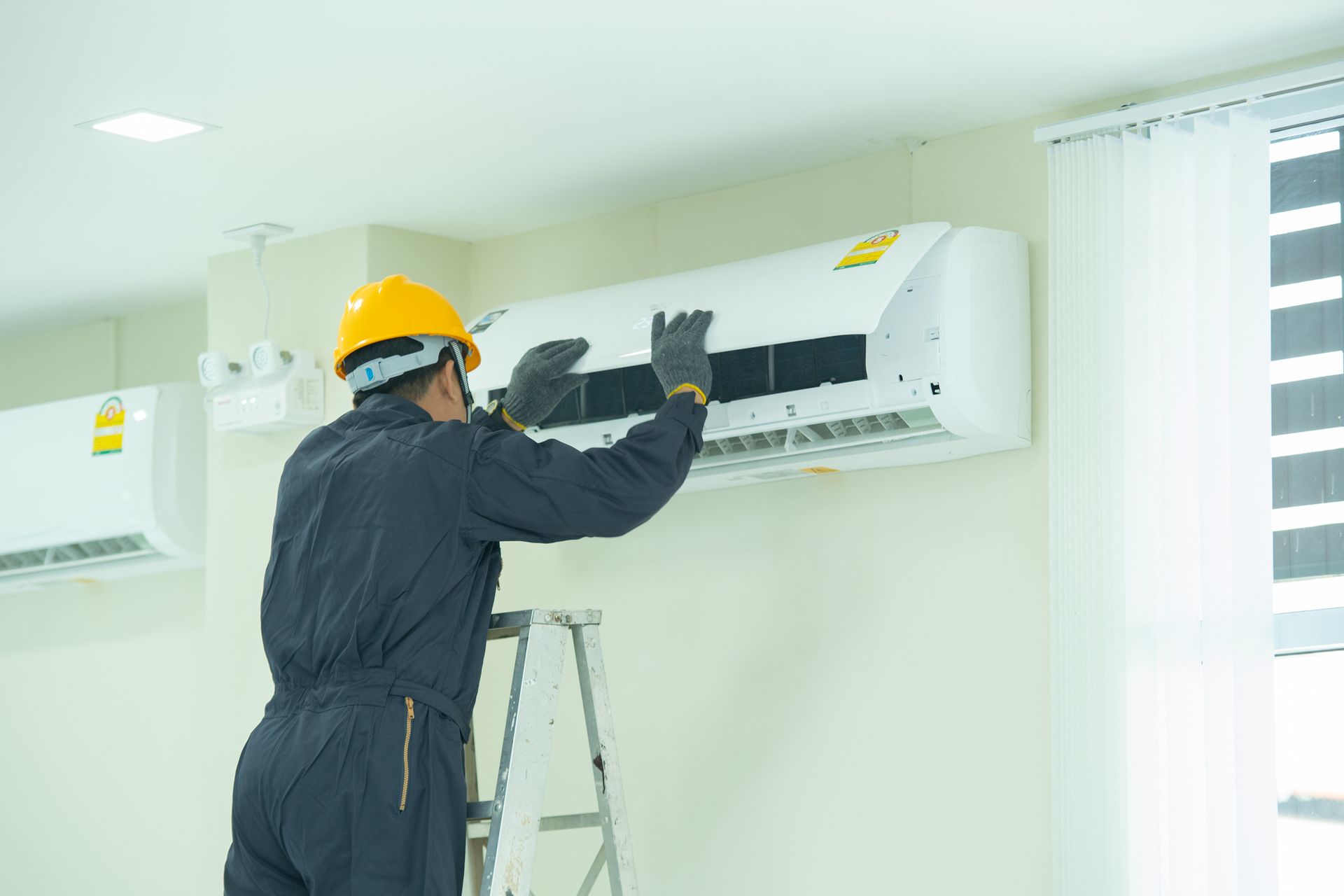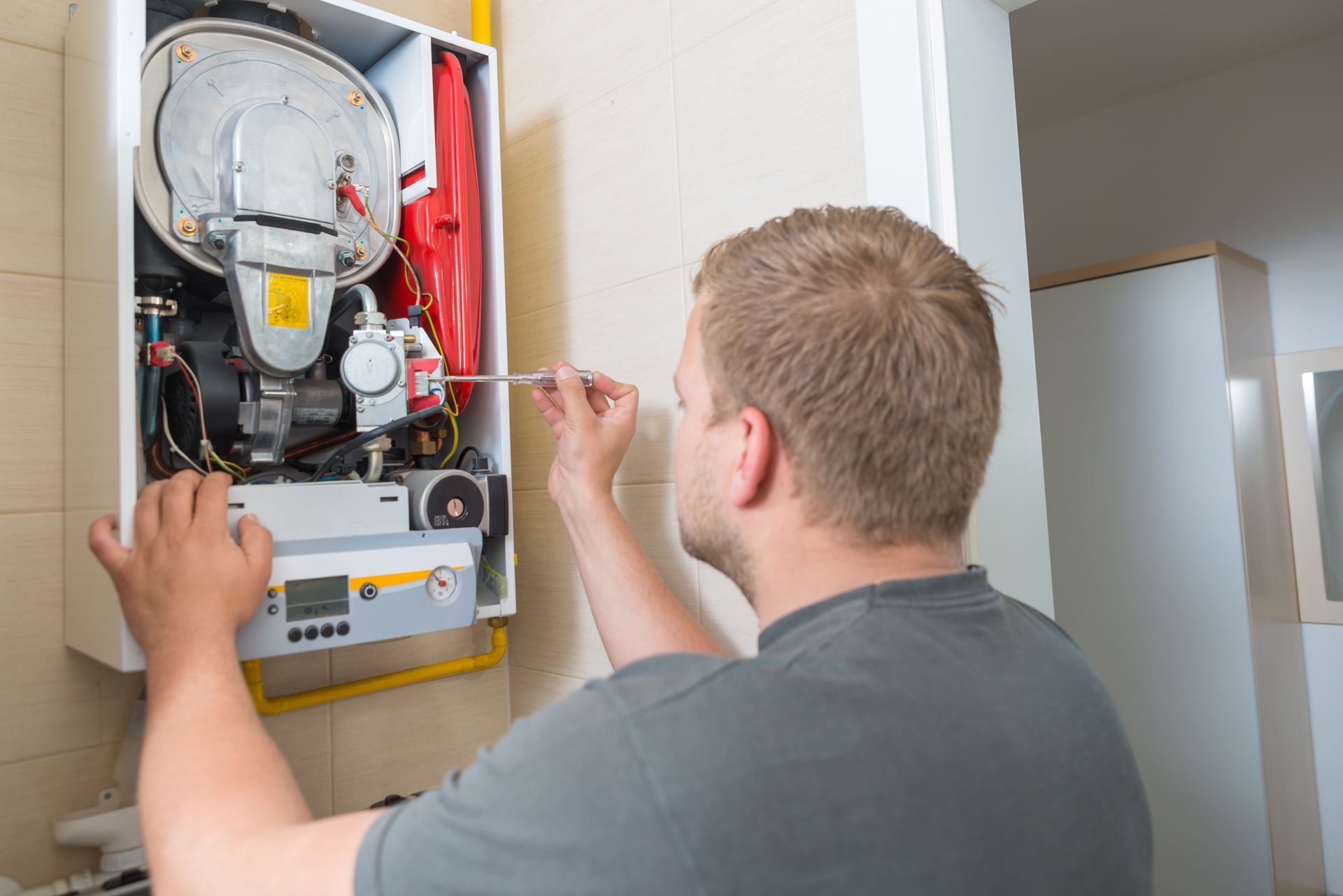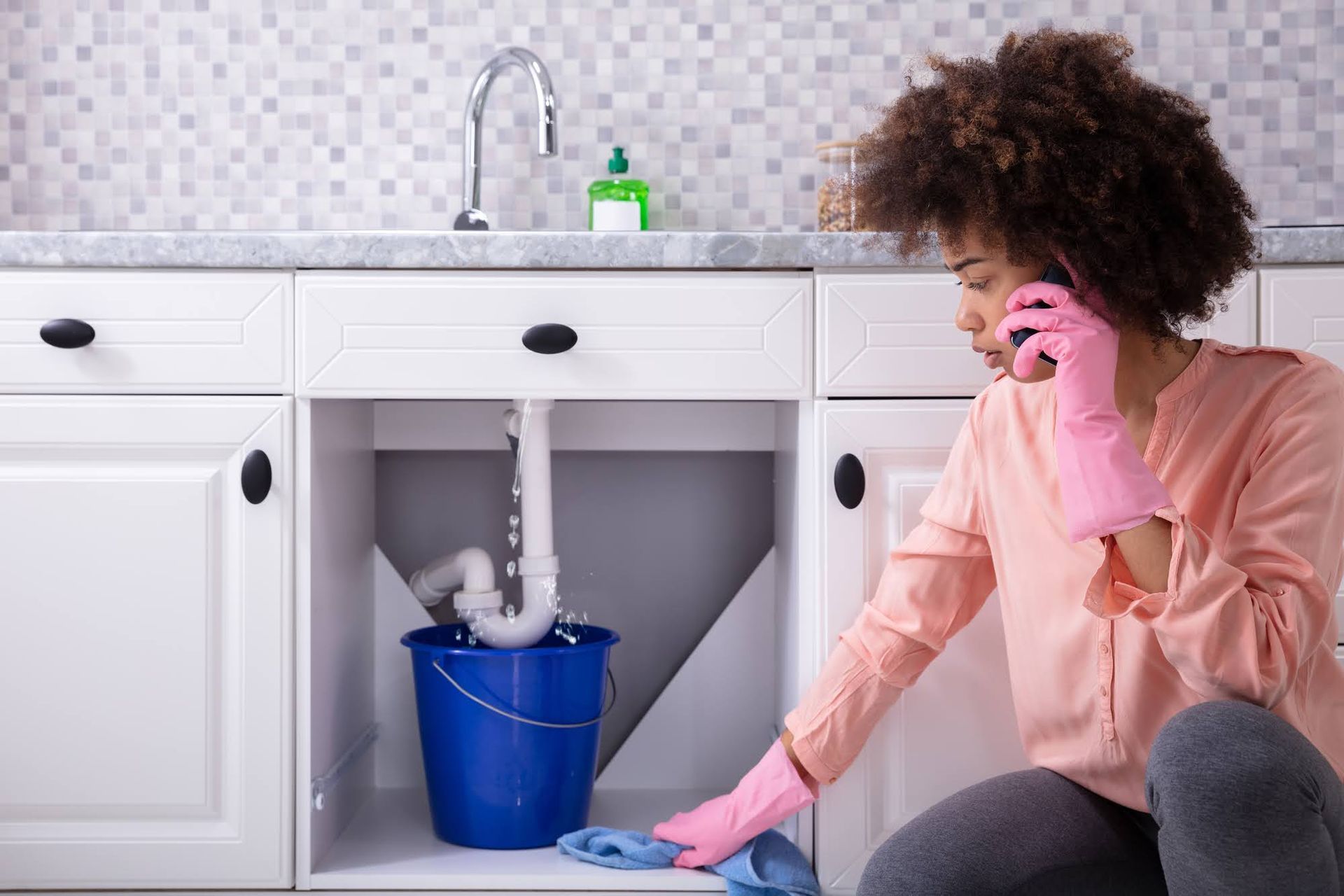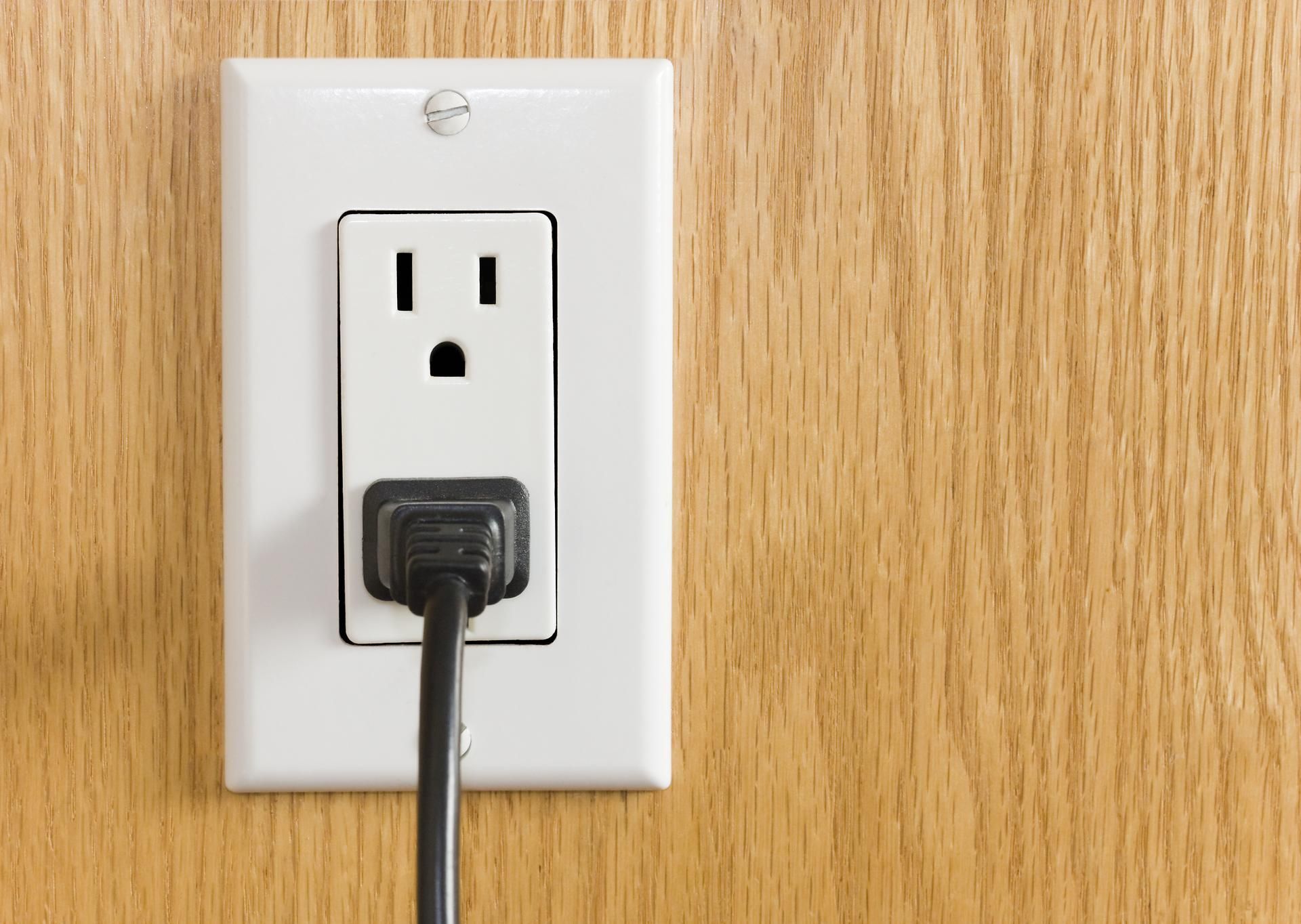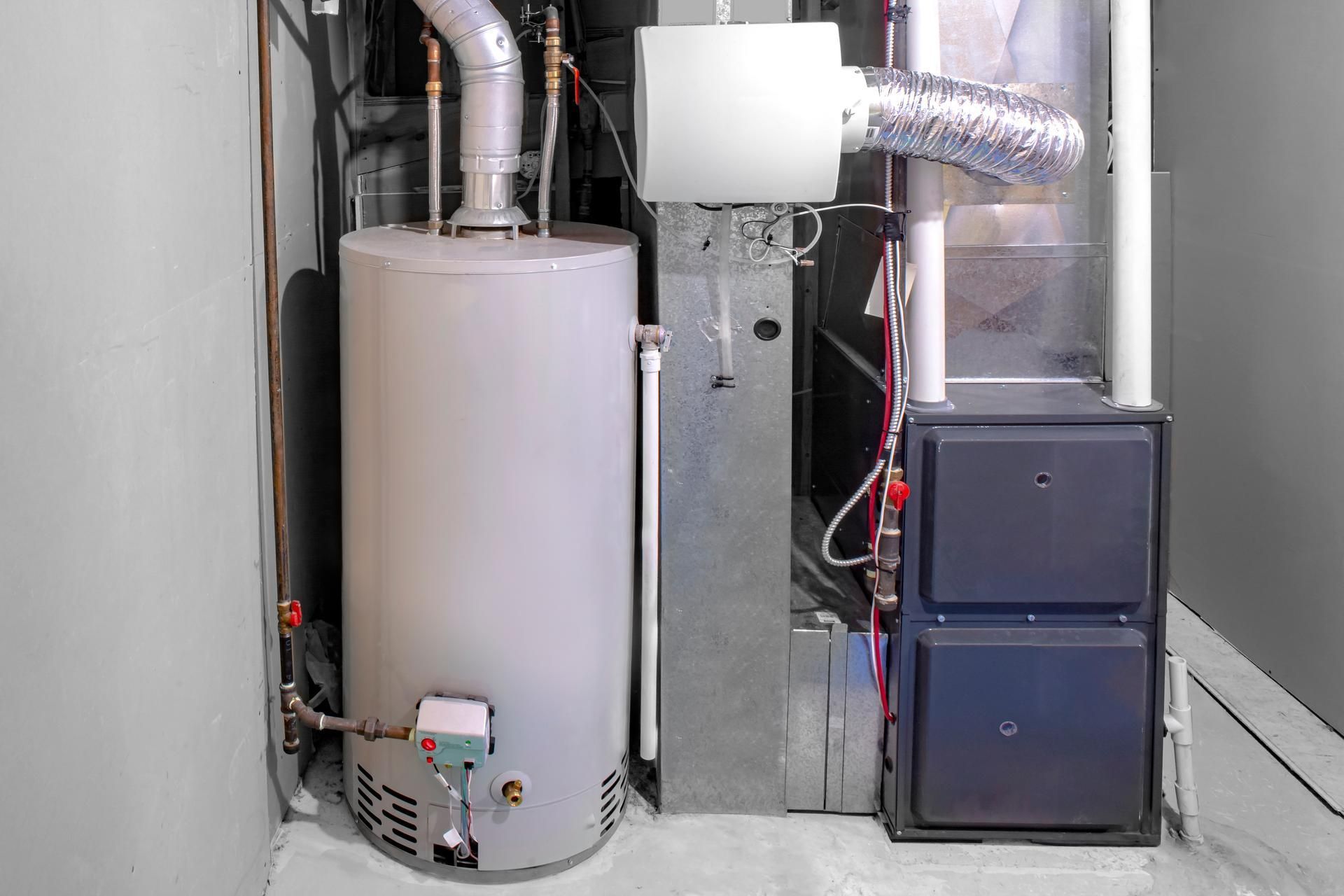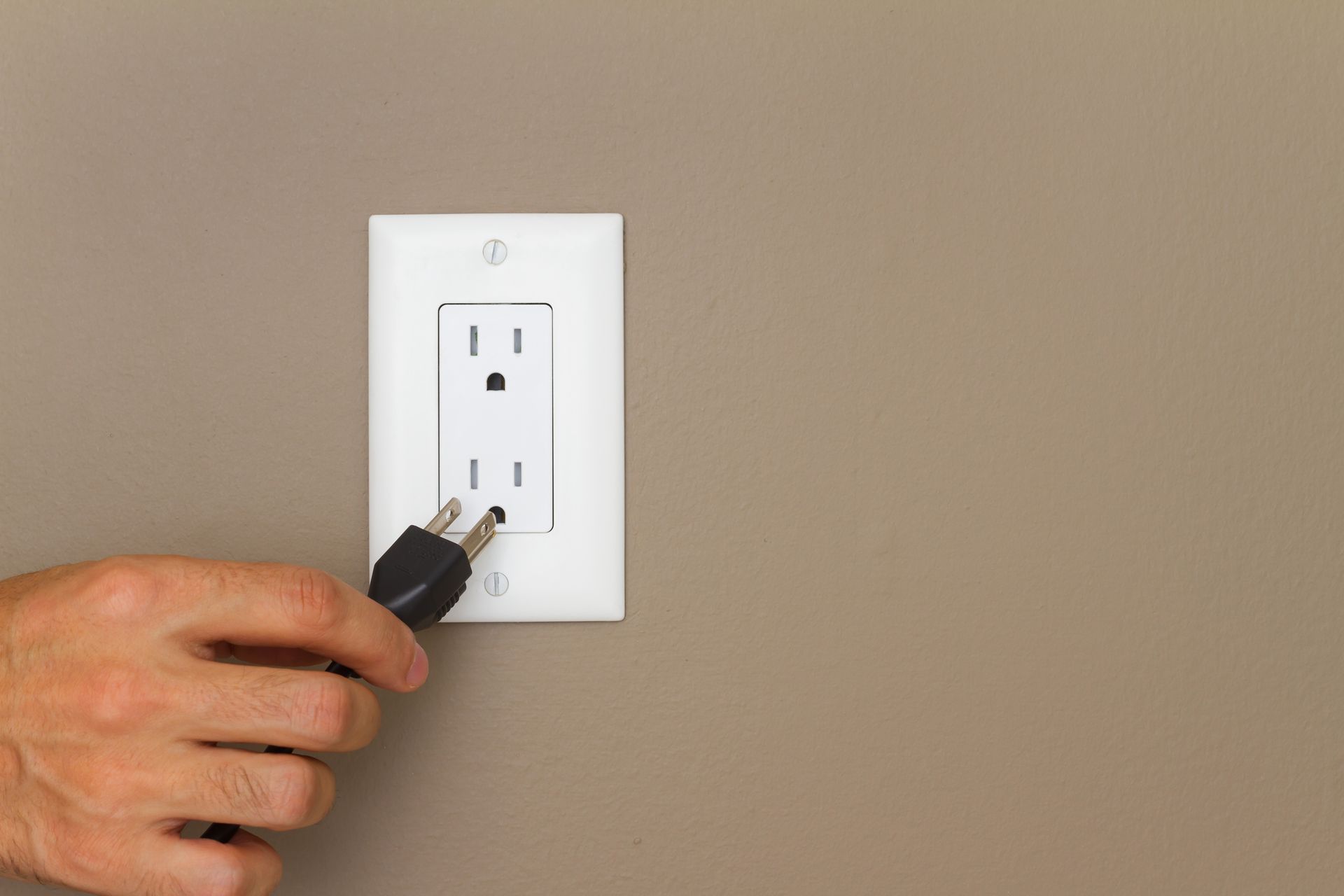Home Humidity Hassle? Signs You Need a Dehumidifier
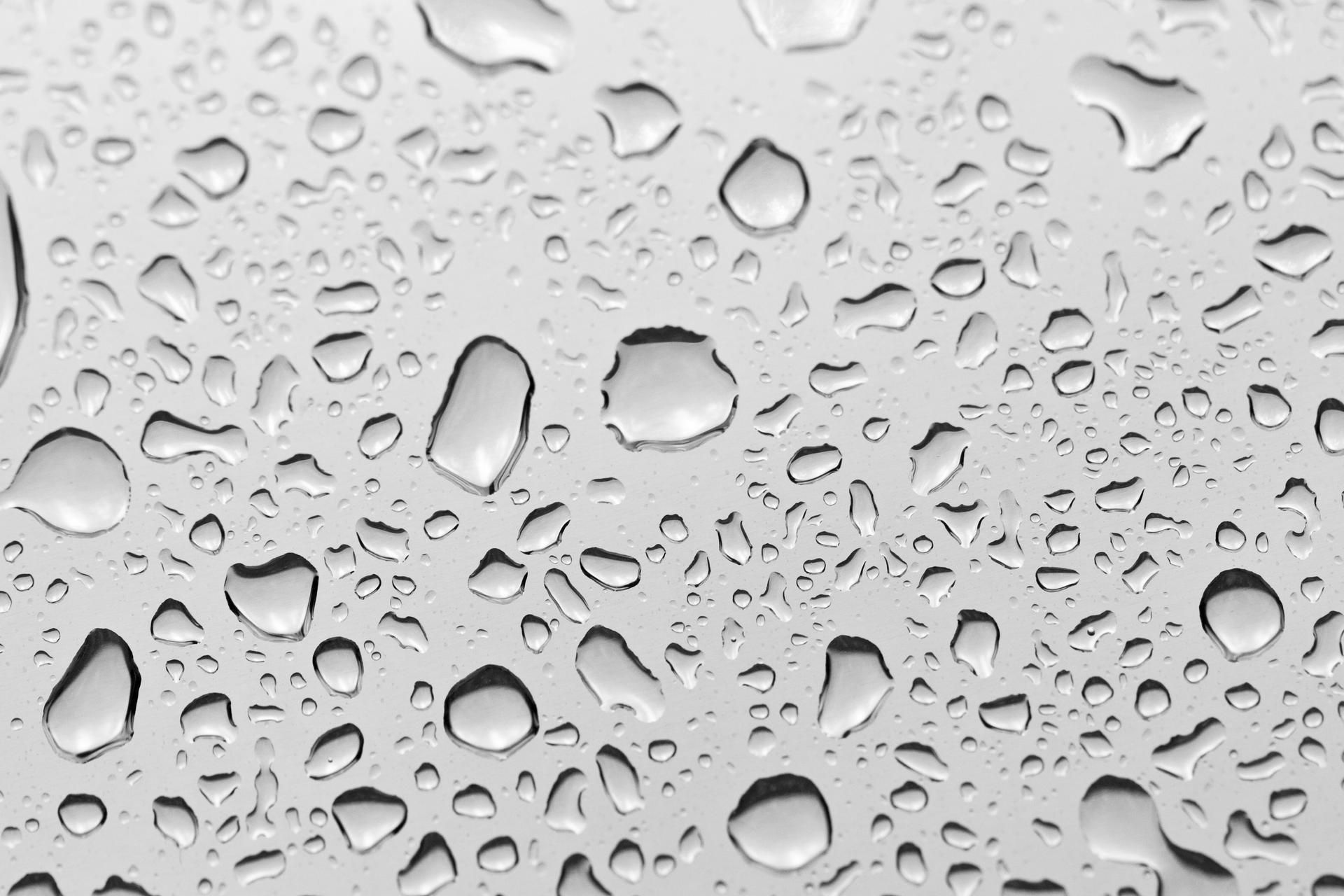
Moisture—both a gift and a gripe. It's what makes a day at the beach delightful and a night in the tropics intolerable. But when it decides to take up permanent residence inside your home, it can wreak silent havoc. From visibly damp walls and ceilings to the invisible toll it takes on your health and home, humidity isn't just discomforting; it's damaging.
Excess moisture can lead to mold and mildew growth, which aren't just unpleasant to look at but can cause a variety of health problems, especially for those with respiratory issues. Additionally, high humidity can degrade your home’s structure, leading to peeling paint, swelling wood, and rusting of metal components.
In this blog post, we're navigating the telltale signs that it's high time you brought a dehumidifier into the fold.
The Damp Drama Unfolds
Here's a scenario: You walk into your living room and notice the once-pristine corner has a musty scent now. The cushion on the sofa feels a little too moist for comfort. Have you entered the lair of the elusive home humidity? It's more common than you think, and it's a home-front battle that calls for a moisture cop, a dehumidifier. But how do you know if this appliance is your silent wish granted? Here are the signs to look out for.
Window Woes
If your windows are perpetually fogged, or you see visible condensation indoors, that's a clear indication humidity is at an all-time high. Now, this can be mistaken for a temporary issue—like after a hot shower—but when it’s a consistent problem, it's time to act. This kind of moisture-inside-the-house phenomenon can even lead to structural issues and compromised insulation.
Mold Makes a Move
Mold and mildew love warm, moist environments. If you notice black spots on your walls, which can be a variety of fungal growth, it’s time to investigate the level of humidity in your home. Removing visible mold is one thing, but tackling the underlying moisture issue is critical. Mold not only looks unsightly, but it's a health hazard as well, leading to allergies, skin irritations, and respiratory problems.
Curled up or Plumped Out
Wood and moisture have a love-hate relationship. Wood floors, furniture, and even musical instruments can show signs of excess humidity. If wooden elements in your home have started to swell, warp, or even blister, you're witnessing moisture unchained. Peeling paint and wallpaper are part of this squad too, indicating that your environment is just too humid for comfort.
The Aroma of Excess
A musty smell in your home that lingers and seems resistant to air fresheners and regular cleaning could signal the need for a dehumidifier. The smell isn't just unpleasant; it's often your early warning system for potential issues lurking beneath the surface. Addressing the humidity at the source can help your home smell as fresh as it should.
Dehumidifier to the Rescue
If any of these signs feel familiar, a dehumidifier might be the unsung hero your home needs. Here's what it can do for you:
- Prevent Mold: A dehumidifier can significantly reduce the risk of mold and mildew growth by keeping the relative humidity in check (ideally around 30-50%).
- Healthier Air: Lower humidity means less allergen-friendly conditions for dust mites and other airborne nasties, ultimately leading to better indoor air quality.
- Home Restoration: Wooden floors and furnishings love balanced moisture. A dehumidifier can actually help save your home investments from further damage.
- Won’t Cost the Earth: Modern, energy-efficient dehumidifiers won’t break the bank. They use less power than you might think, especially when compared to the long-term costs of ignoring home humidity.
The decision to bring a dehumidifier into your home isn't just about controlling the comfort factor; it's about maintaining a healthy environment for you and your family. High humidity is not a force to be ignored, and by recognizing and addressing the signs, you're taking a proactive step toward a better living space.
To learn more about dehumidifiers, contact our office today. Remember, when in doubt, it's always wiser to err on the side of drier. After all, a dewy complexion is far more appealing on Instagram than it is on your walls.


